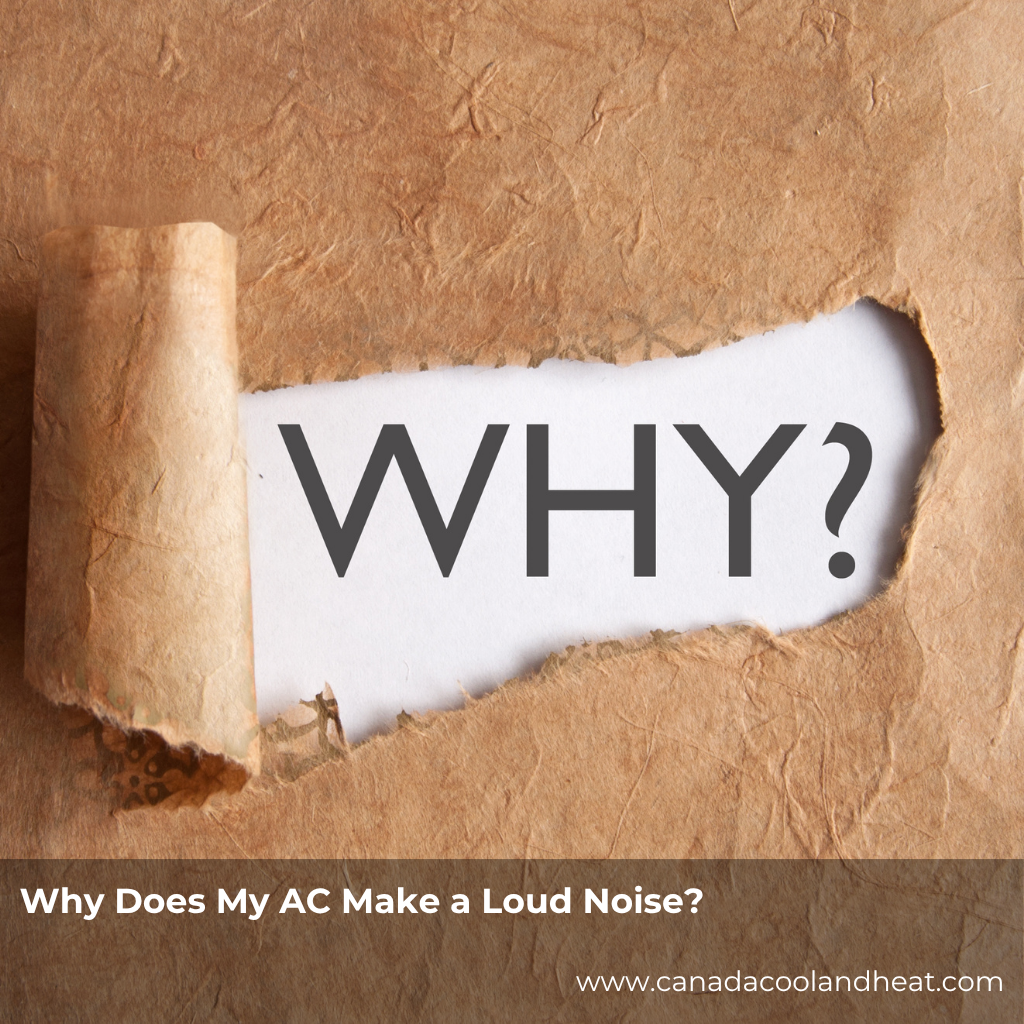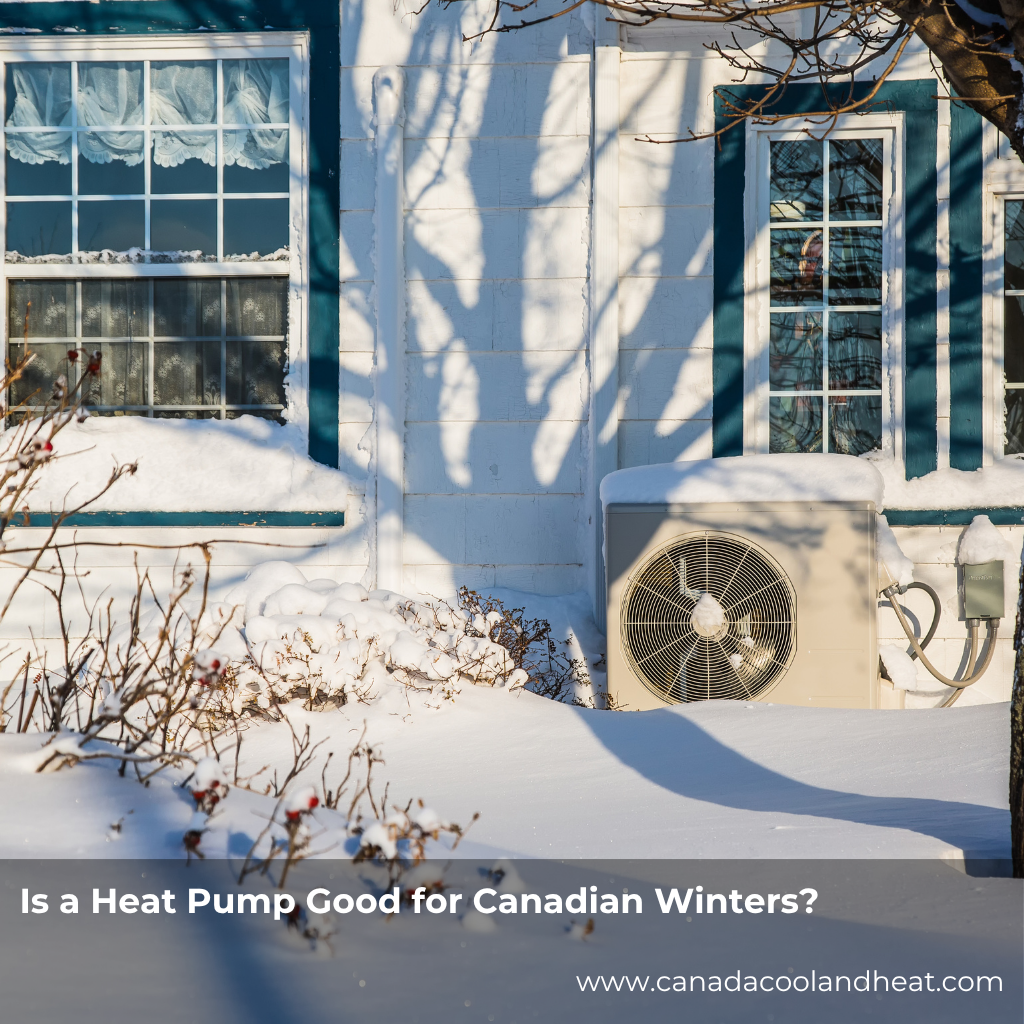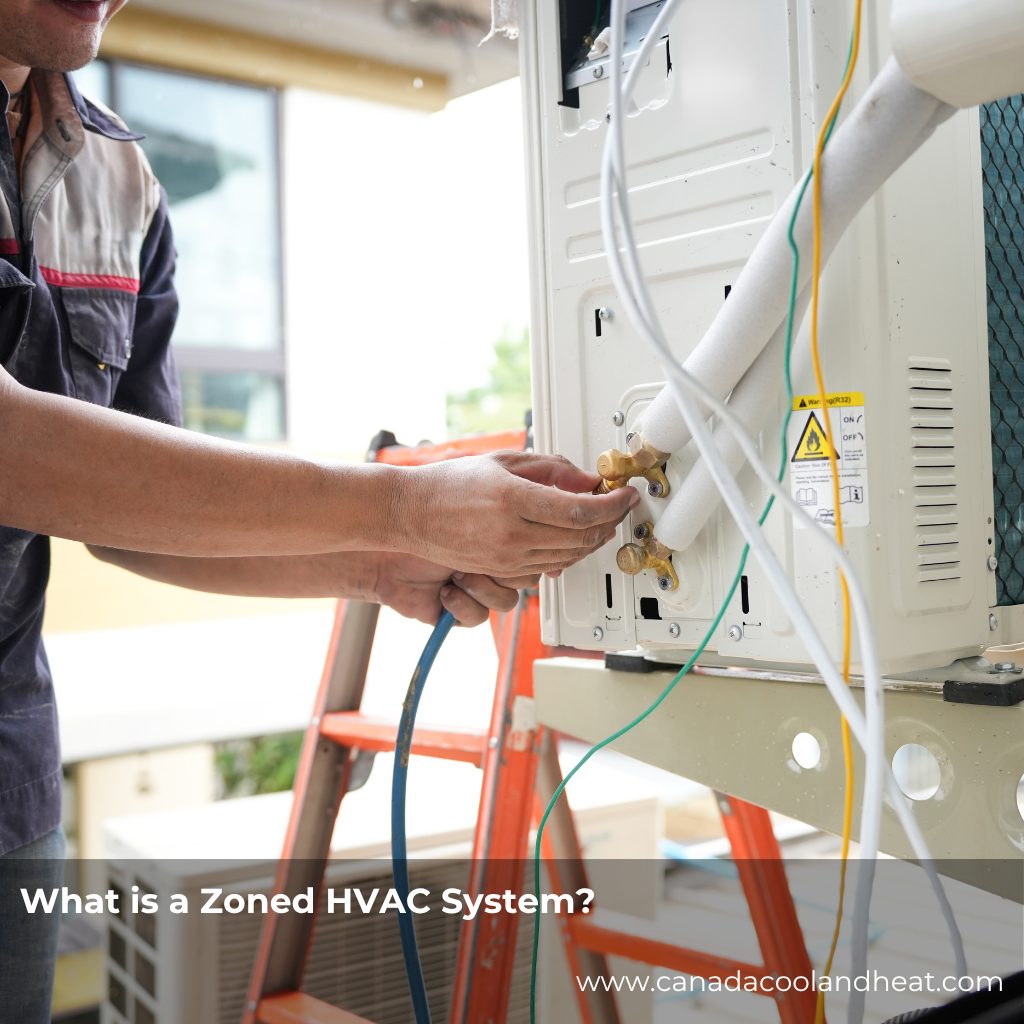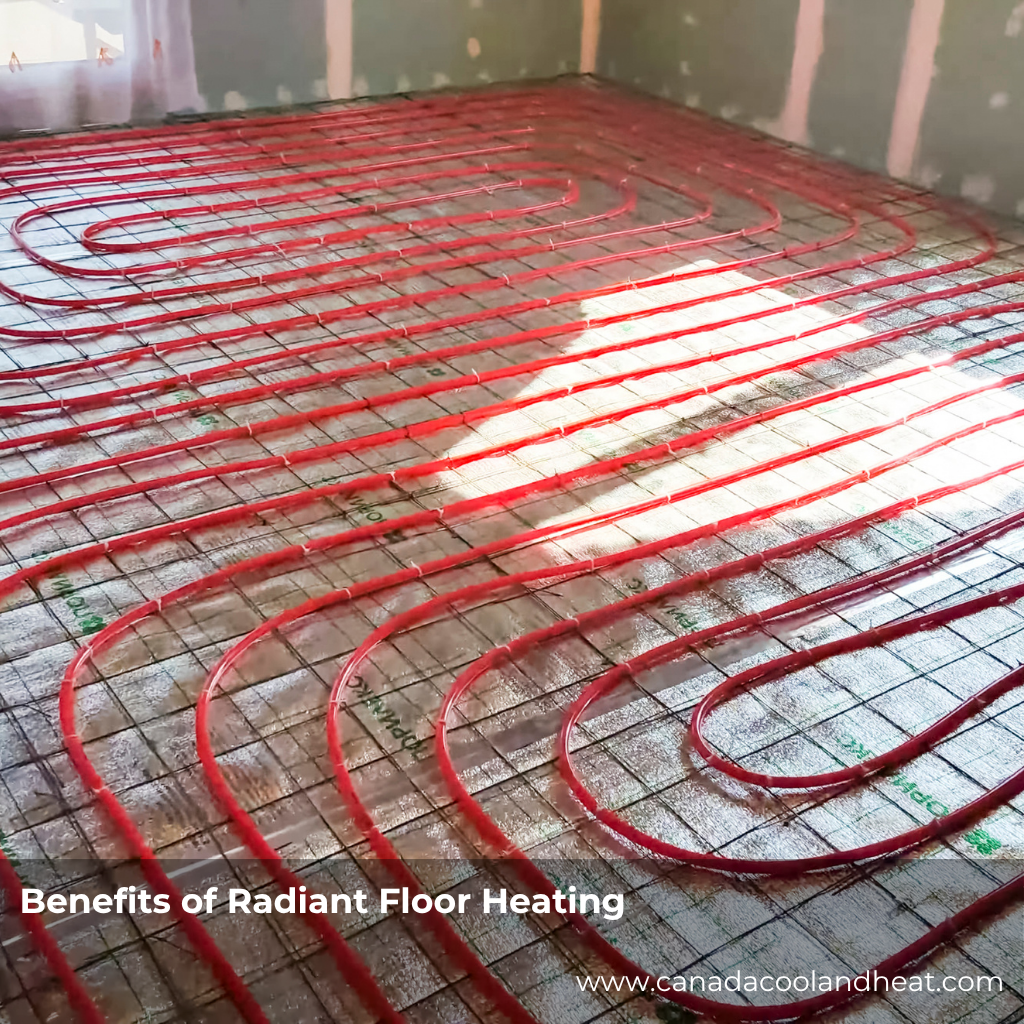AC vs. HVAC: Understanding the Basics
What Is AC?
AC—short for air conditioning—does one main job: cool the air.
It removes heat and humidity from a space, delivering crisp, cool comfort.
That’s it. Cooling only.
What Is HVAC?
HVAC stands for:
-
Heating
-
Ventilation
-
Air Conditioning
So HVAC is an entire system, of which the AC is only one part.
In other words:
All AC systems are part of HVAC, but HVAC systems include more than AC.
And one of those additional parts—ventilation—plays a starring role in kitchen airflow, comfort, and safety.
Proper Ventilation for Cooking: Why It Matters
Imagine your kitchen as a busy intersection. Heat comes from the stove, smoke from searing chicken, steam from boiling pasta, and smells from… well, everything delicious. Without ventilation, all of that stays trapped inside your home.
A well-sized range hood:
-
Removes smoke and airborne grease
-
Prevents lingering odors
-
Keeps humidity in check
-
Reduces heat buildup
-
Helps maintain indoor air quality
But here’s where it gets interesting: range hoods don’t operate in a vacuum. They interact directly with your home’s HVAC system, and that relationship affects comfort throughout the entire house.
How Range Hoods Impact HVAC Balance
When you turn on a vent hood—especially a powerful one—it pulls air out of your home. This creates negative pressure, meaning the house begins looking for replacement air.
Where does that air come from?
-
Gaps under doors
-
Leaky windows
-
Attic cracks
-
Garage or basement air
-
Backdrafting from gas appliances (a safety concern)
If your vent hood is too strong for your space, it can even disrupt your HVAC system, forcing it to work harder to maintain indoor temperature.
Signs Your Vent Hood Is Affecting HVAC Balance
-
Doors slam shut when the hood is running
-
AC struggles to cool during cooking
-
Rooms far from the kitchen feel warmer or colder
-
Increased energy bills
-
Smoke or odors linger despite a strong hood
In the world of vent hood HVAC kitchens, balance is everything.
How to Size a Kitchen Vent Hood Properly
1. Match Your Hood to Your Cooktop
A simple rule of thumb:
-
Electric stove → 100 CFM per 10″ of stove width
-
Gas stove → Add up BTUs, divide by 100
Example:
A 50,000-BTU gas stove needs ~500 CFM.
2. Mind the Maximum Before HVAC Struggles
Typical residential guidelines:
-
Under 400 CFM → Usually safe for most homes
-
400–600 CFM → May require makeup air
-
600–1200 CFM → Definitely requires makeup air
-
Above 1200 CFM → Commercial-level ventilation
Makeup air systems supply fresh air to replace exhausted air, preventing negative pressure.
3. Consider Duct Size and Length
Improper ducting lowers performance.
Use:
-
6″ duct for up to 400 CFM
-
8″ duct for up to 900 CFM
-
10″ duct for 1200+ CFM
Avoid:
-
90° bends
-
Flexible ducts
-
Long runs
4. Keep It the Right Size Over the Cooktop
A hood should be:
-
At least the same width as the stove
-
Ideally 3 inches wider on each side
-
Mounted 24–30 inches above the cooktop
A Short Story: The Case of the Overpowered Hood
A homeowner installs a gorgeous 1200-CFM vent hood over a six-burner range. It’s powerful enough to pull curtains inward when running.
But what happens?
-
The AC can’t keep up
-
The house feels drafty
-
The fireplace backdrafts
-
The kitchen still gets hot
The missing ingredient?
Makeup air.
Once added, comfort returns and the kitchen becomes the star of the home again.
Conclusion
While AC keeps your home cool, HVAC ensures the entire environment—temperature, ventilation, and airflow—work together harmoniously. In the kitchen, that harmony depends on a well-designed balance between your vent hood and HVAC system.
Get the sizing right, avoid negative pressure, and your kitchen becomes a comfortable, clean, and safe place to cook every day.
FAQs
1. Does running a vent hood make my AC work harder?
Yes. Large hoods remove conditioned air, causing your AC to replace it. Proper sizing prevents this.
2. What is makeup air and do I need it?
Makeup air replaces the air your hood removes. Strong hoods (over 400 CFM) often require it.
3. Can a vent hood cause backdrafting?
Yes. Negative pressure can pull combustion gases back into your home—dangerous without makeup air.
4. Are ductless hoods good for HVAC balance?
They don’t remove air, so they don’t affect HVAC pressure—but they also don’t vent smoke or heat outside.
5. How do I know if my hood is too powerful?
If doors move, AC struggles, or your home feels drafty during cooking, your hood may be oversizing your airflow.
6. What’s the best CFM for most homes?
For electric stoves: 250–400 CFM.
For gas: often 400–600 CFM, depending on BTUs.
7. Can I install a high-CFM hood without makeup air?
Not recommended—it can strain HVAC systems and create safety risks.
8. Does HVAC always include a kitchen hood?
No. HVAC is your home’s climate system. The hood is a separate ventilation appliance.
9. Can poor kitchen ventilation affect indoor air quality?
Absolutely. Smoke, grease, and particulates can linger and circulate through your HVAC system.
10. Should I hire a pro for hood sizing?
Yes—especially in complex kitchens or when installing a hood over 400 CFM.






